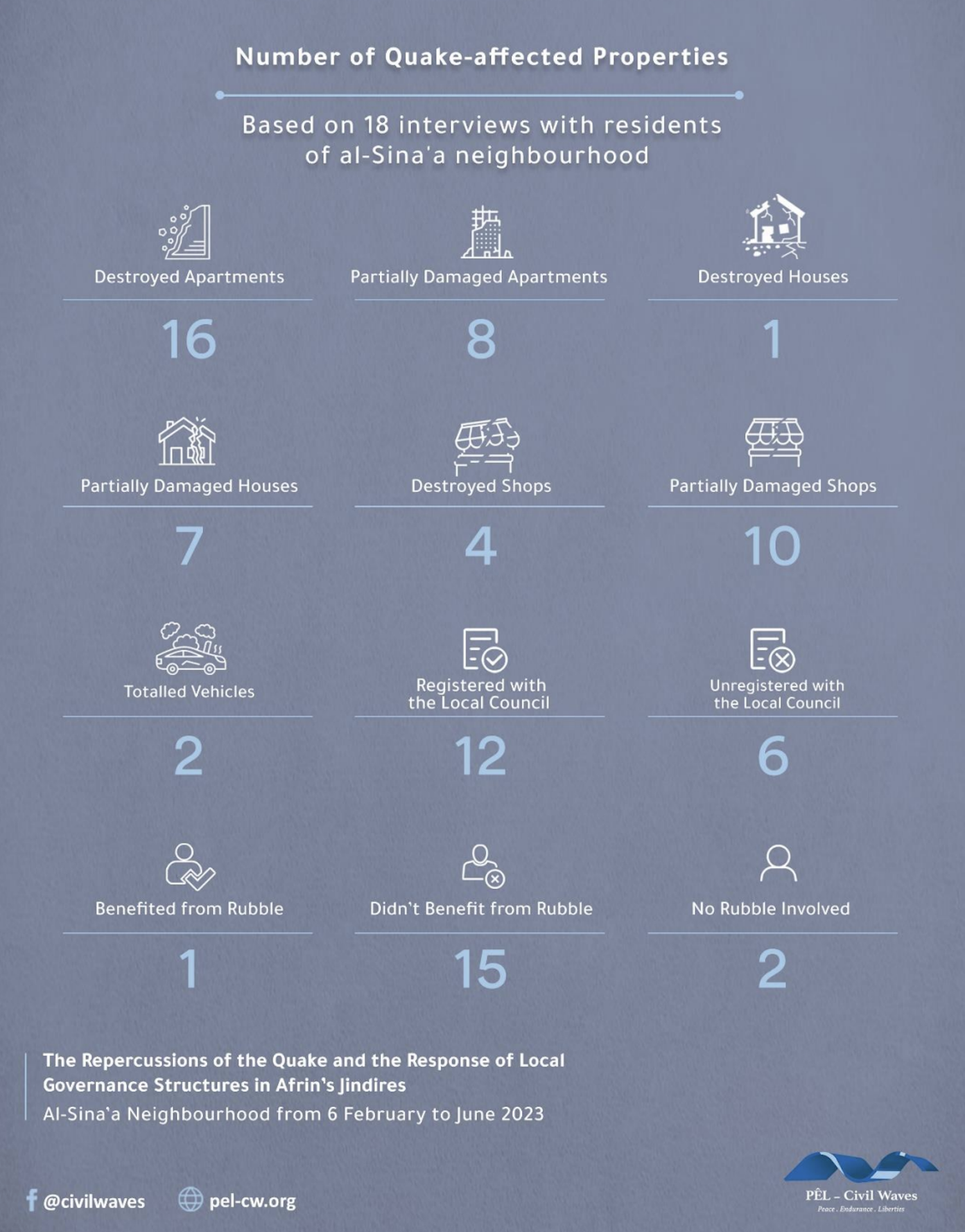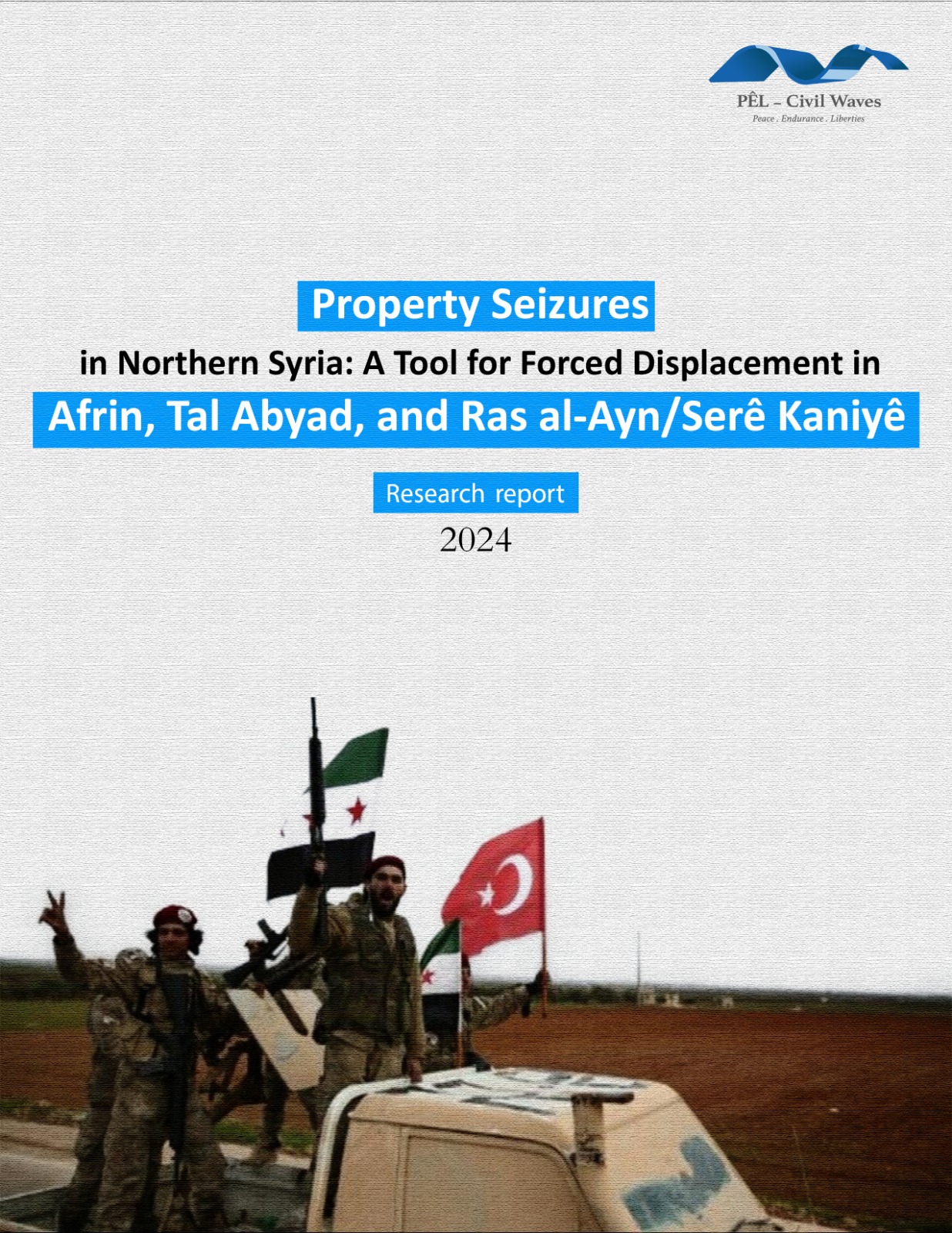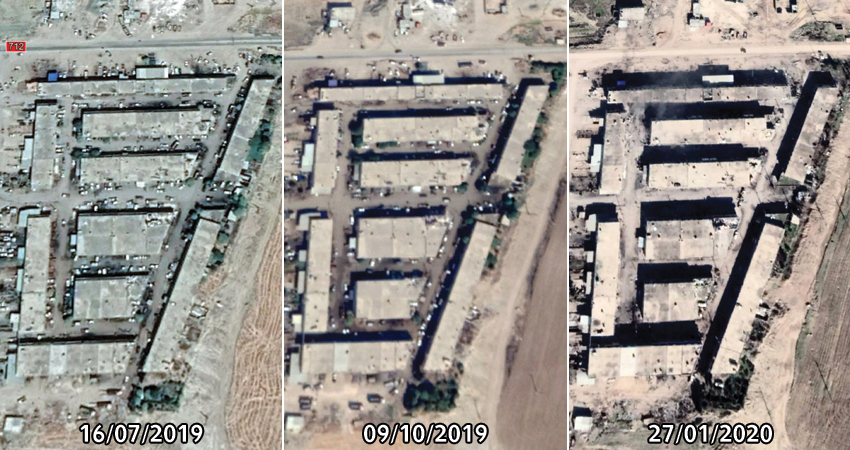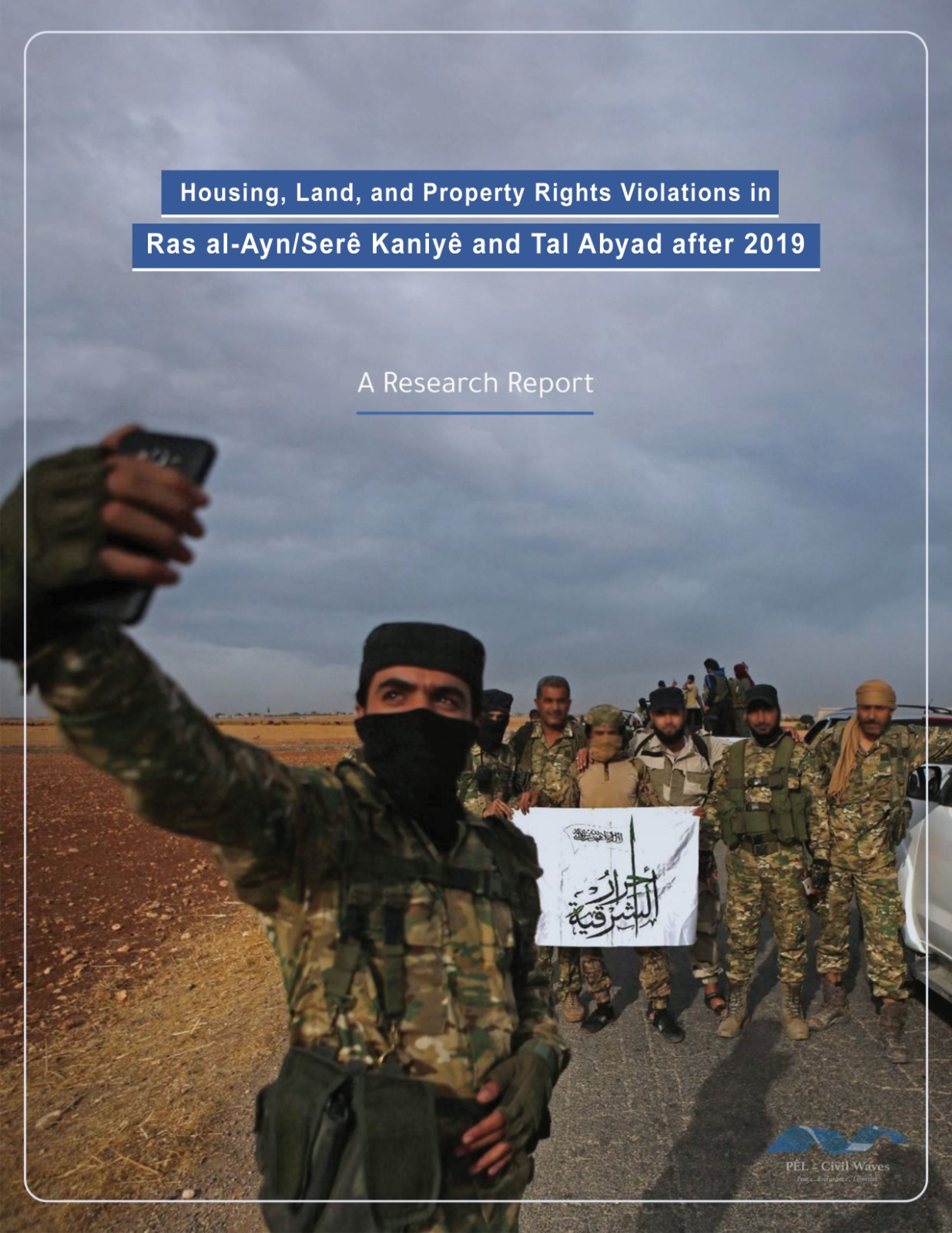The adverse consequences—pertaining to both mortality rates and material losses—of the earthquake that shook large parts of Syria and Türkiye on 26 February 2023 were immeasurable. However, the toll the tremors took on Syrian communities remains the heaviest due to the catastrophic situation already gripping Syria, the ongoing hostilities, divisions, fragmentation, and multiplicity of parties in control of the hit areas, as well as the absence of actors that would have played a positive role in mitigating the quake’s after-effects. This is in addition to the plummeting economy across Syria.
This research report monitors the multi-layered woes of the residents of the al-Sina’a neighbourhood in the city of Jindires/Afrin in northern Syria—controlled by Türkiye and the Syrian opposition—tracing the catastrophic repercussions the victims of the 6 February quake and its aftermath are struggling with. Additionally, the report documents the lack of actors capable of carrying out necessary relief tasks in such cases and the often passive and disruptive role of existing ones. Moreover, the report reveals how civilian structures—established after Operation Olive Branch in 2018—are involved in violations and how their work does not effectively alleviate the suffering of people nor prevent further abuses. Therefore, the report unveils the complex reality in Afrin, where the culprits behind breaches are not armed groups alone but also civilian entities. Worse yet, the report corroborates that the armed groups are using these civilian structures to polish their image on the one hand and to bestow legitimacy on violations they are perpetrating on the other.
The report’s target area, which the Syrian National Army (SNA) predominates, is a site for numerous violations of the population’s basic liberties and human rights, including the right to ownership. These abuses have been substantially documented by local and international bodies, notably the Independent International Commission of Inquiry on Syria. In July 2023, PEL-Civil Waves also published an extensive research report documenting systematic violations of housing, land, and property (HLP) rights in Afrin after 2018. The report uncovers the details of the multiple patterns underlying these violations, building on 90 interviews with locals who fled Afrin to al-Hasakah province. Aggravating the already dire status of HLP rights in the area, the quake and accompanying forced displacement waves, especially with the massive destruction that befell houses and other buildings, have presented SNA-affiliated armed groups with a new and favourable opportunity to seize the properties of several owners under various guises.
It remains beyond the capacity of this report to encompass and analyse the countless repercussions that accompanied and followed the quake. Therefore, the researchers dedicated this space to investigating the quake’s direct impact on the locals’ properties while also addressing the response of the local councils and operative armed groups to the disaster. For its geographical scope, the report targets locals from the al-Sina’a neighbourhood in Jindires city. The city was one of the worst hit by the tremors, having suffered massive deaths and material damages. Thus, the al-Sina’a neighbourhood is approached as an exhibit, through which an overview of the situation across the Syrian areas in the quake’s radius can be discerned, advancing the search for different ways and forms to assuage the impacts of the disaster on stricken communities and prepare for future emergencies.
For this report, PEL-Civil Waves interviewed 18 quake survivors who resided in the target area during the monitoring period, which lasted from February to June 2023. Among the interviewees are property owners in the al-Sina’a neighbourhood, whose homes were occupied by other people when the tremors hit. Notably, the names of the witnesses are withheld upon their request and out of concern for their security.
PEL-Civil Waves recorded the quake-effected material losses of the interviewed victims. Out of 46 real properties, 21 were destroyed and 25 were partially damaged, having sustained restorable cracks. Additionally, two vehicles were wrecked. Only one victim managed to utilize the rubble of their damaged property, while 15 could not. Almost all 15 victims accused the local council and SNA-affiliated armed groups of confiscating the debris. The remaining two victims were not concerned with rubble, as their properties were only fractured.
The questions inscribed into the documentation form, designed for this report, focused on the availability of life-saving means and machinery, the role of civil structures/institutions on the ground in rescue operations, the human and material losses caused by the earthquake, as well as the extent to which victims benefited from the debris of their destroyed properties, whether the destroyed properties were subjected to any documentation processes, and whether operative institutions, particularly local councils, had any role in these processes.
To read more, please go to the link:
The Repercussions of the Quake and the Response of Local Governance Structures in Afrin’s Jindires (1)




